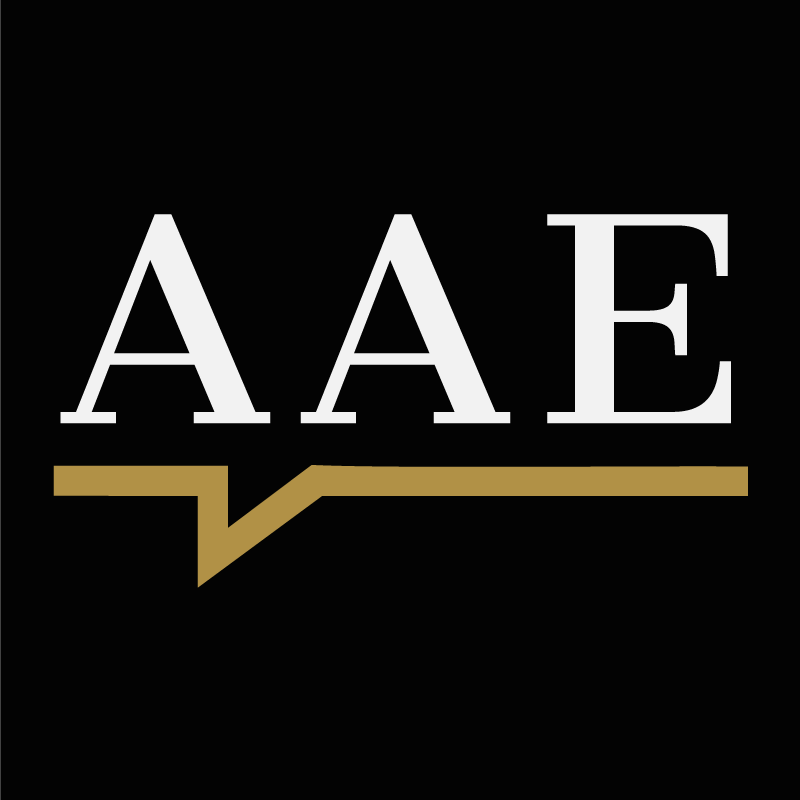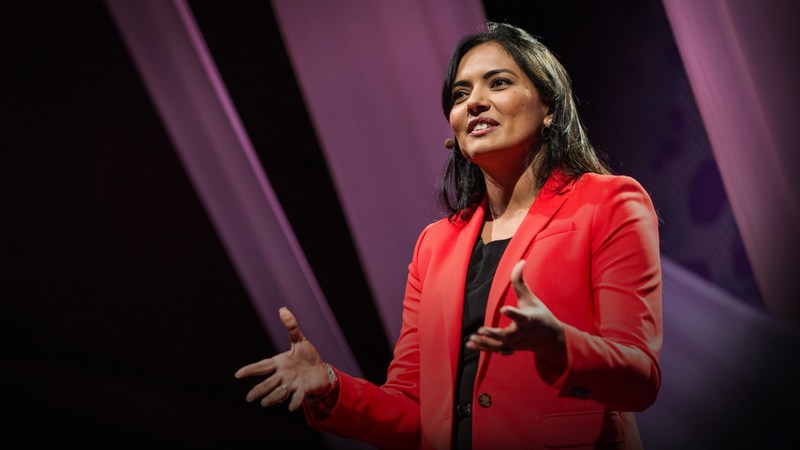A look at BCG’s Seema Bansal and her TED Talk “How to fix a broken education system without any money”
Public school systems are supposed to be a great and inclusive option for all families. However, public schools all over the world often fall short due to a number of reasons and difficulties that can arise. Overcrowding coupled with under funding is a problem that many schools can’t overcome. Seema Bansal works in India to reform the public school system in one of their states.
Seema Bansal is an associate director at The Boston Consulting Group (BCG) in New Delhi, India. She leads the company’s Social Impact practice in India and is a member of the firm’s People & Organization and Public Sector practices. In the social impact and public sector fields, she works on various project initiatives in education, food security and nutrition, and governance within government agencies.
Bansal believes that governments can actually make a meaningful difference in education. In her TED Talk “How to fix a broken education system without any money,” she discusses her work in helping to completely transform the Haryana, India school system.
What’s the problem?
She begins by describing the current school system in India.
“There are 1 million such schools in India, and even for me, walking into one of these schools is fairly heartbreaking,” says Bansal. “By the time kids are 11, fifty percent of them have fallen so far behind in their education that they have no hope to recover.
“Forty percent of the parents today are choosing to pull their children out of public schools and pay out of their pockets to put them in private schools,” Bansal continues. “That’s a huge statement on how broken the Indian public education system is.”
Bansal says part of the problem is because of India’s large and overcrowded school systems. Haryana itself is a state which has 30 million people, 15,000 public schools, and over 2 million children in those public schools. Over the last few decades, India was also fighting for access, having enough schools, enrollment, and bringing children into those schools rather than actually focusing on teaching.
“What was actually needed was not to train teachers further or to monitor their attendance. But to tell them that what is most important is for them to go back inside classrooms and teach,” says Bansal. “They needed to be monitored and measured and awarded on the quality of teaching and not on all sorts of other things.”
In her work to completely reinvent the system, Bansal first of all started with a goal: by 2020, she wanted 80 percent of Haryana’s school children to be at grade level.
How do we start improving?
In her talk, she discusses the various initiatives she put in to place to help the schools reach that goal. One of her most successful initiatives, “The Chain of Hope,” uses WhatsApp. This helps teachers from Haryana’s 15,000 different schools to effectively communicate and share ideas.
Bansal says in this way “Everybody’s acting as everybody’s peer group, and things are actually getting implemented.”
It’s been three years since Bansal began the reform initiatives. As a result the school system has drastically changed. Recent studies measuring student learning also indicated that learning levels of children have stopped declining, and are actually rising. Haryana currently stands as one of the few states in the country that shows improvement at a rapid rate.
To conclude her talk, Bansal asks “Can government systems transform?” Her response: “I certainly believe so. I think if you give them the right levers, they can move mountains.”
View Bansal’s full TED Talk here:
To learn more about Seema Bansal, please visit our website. For booking inquiries on speaking engagements and appearances, please contact us.
For additional speakers on topics such as education reform and motivation, look at our Top Speakers in Improving Education list.











